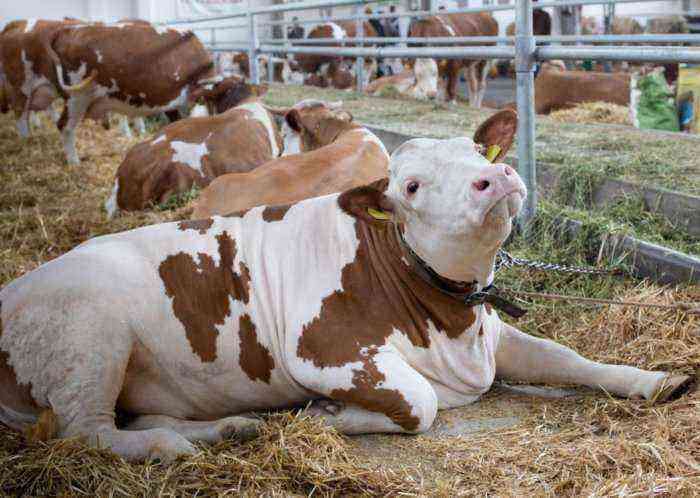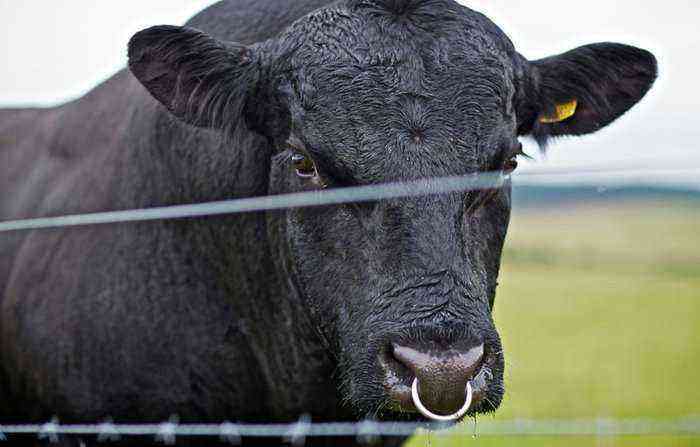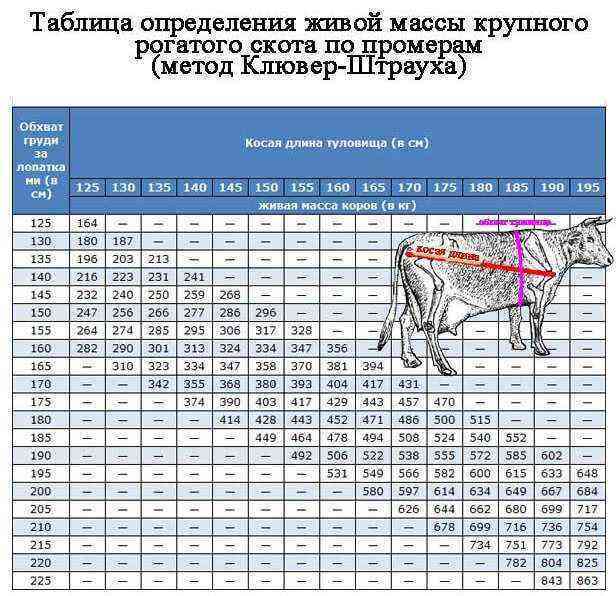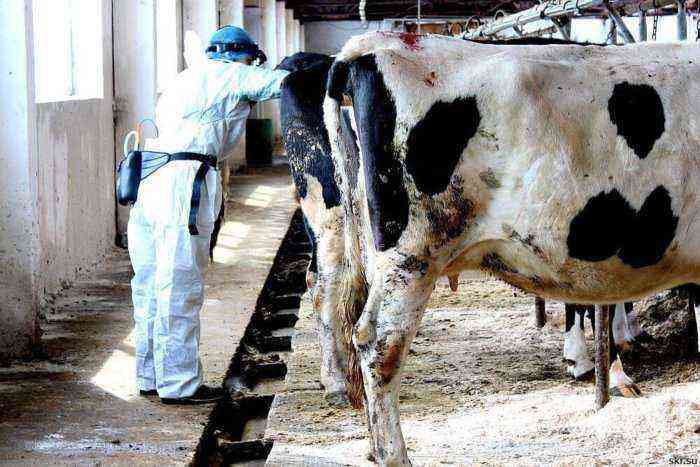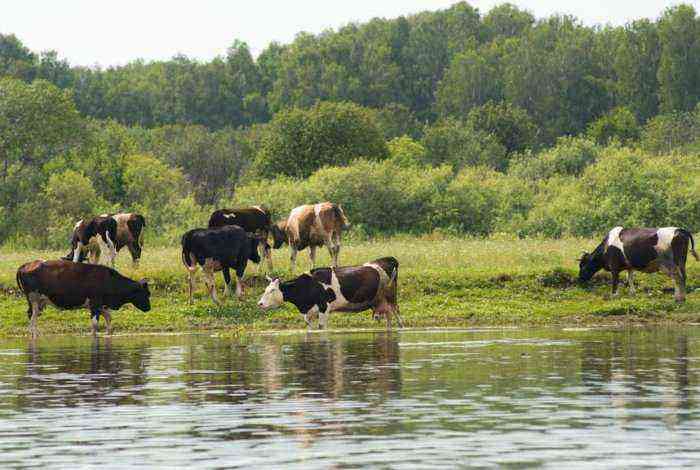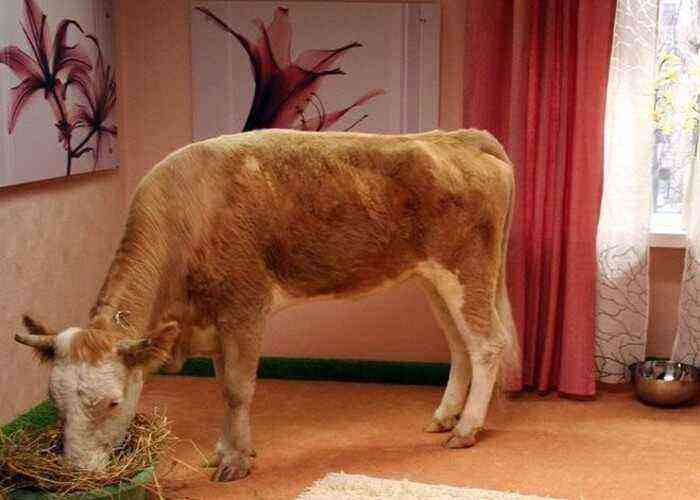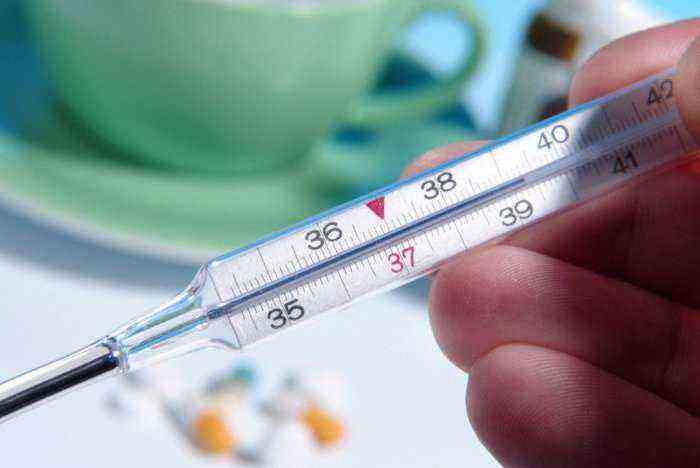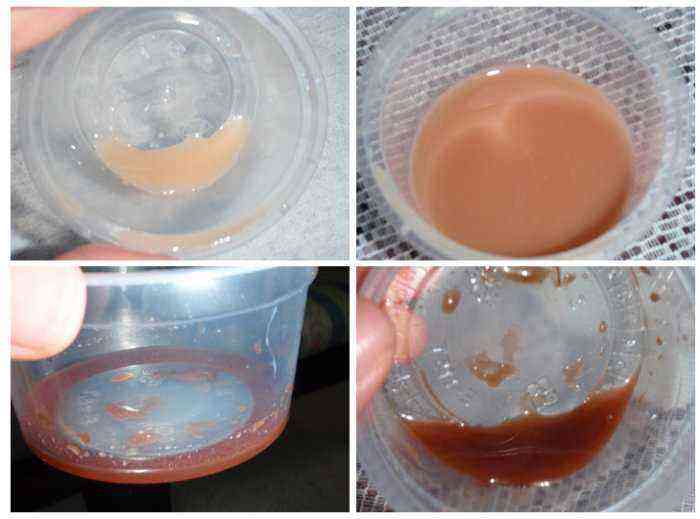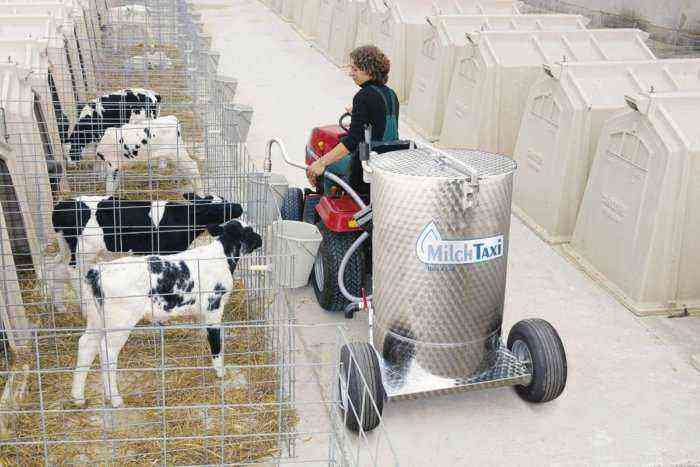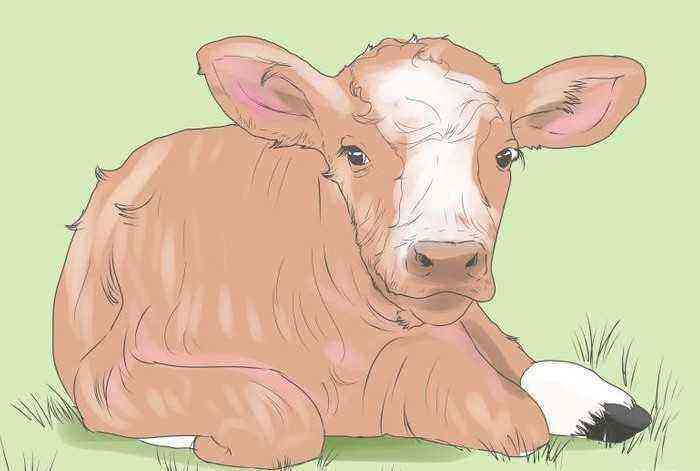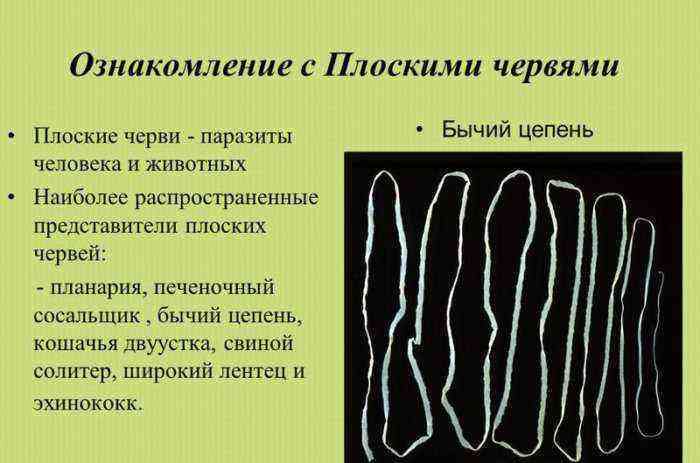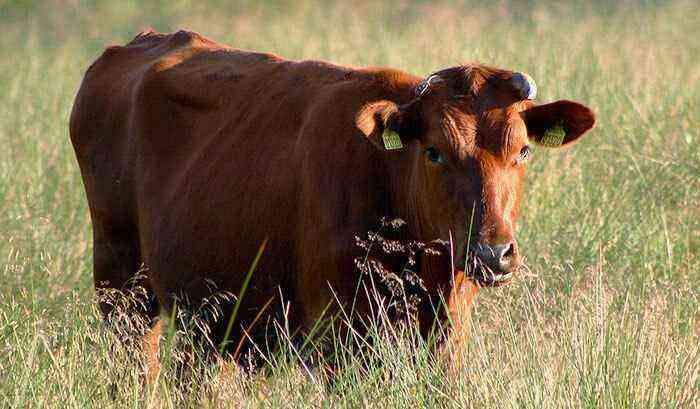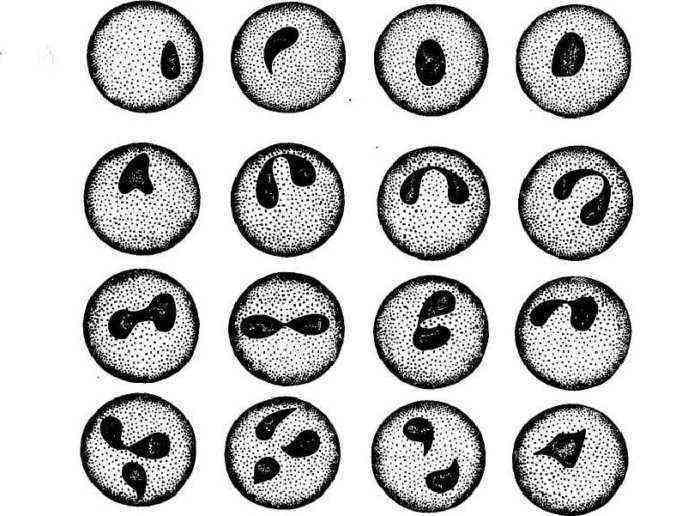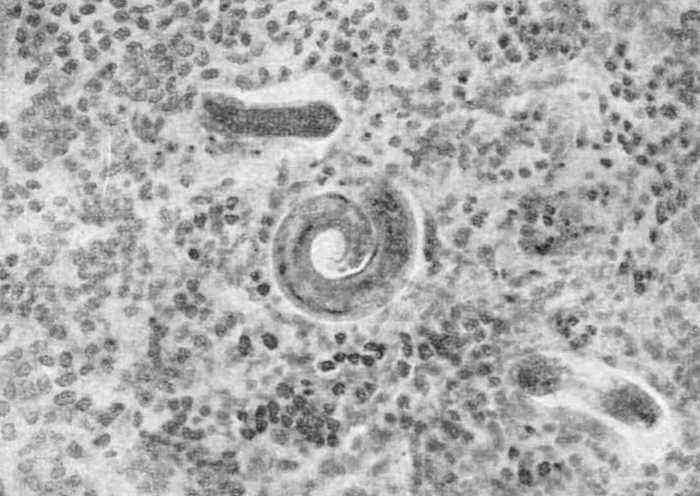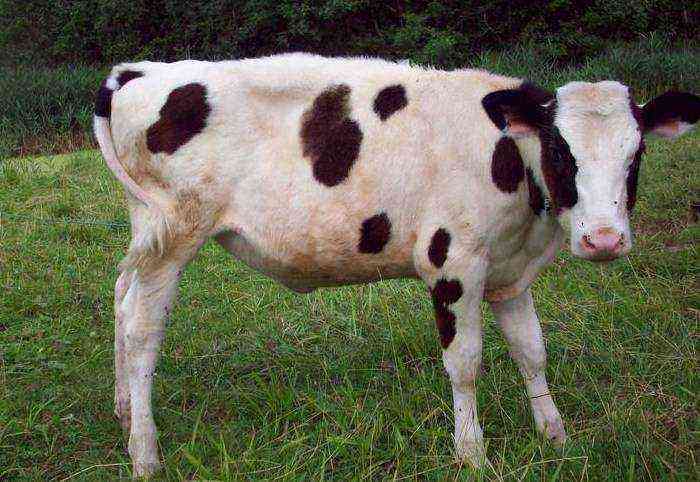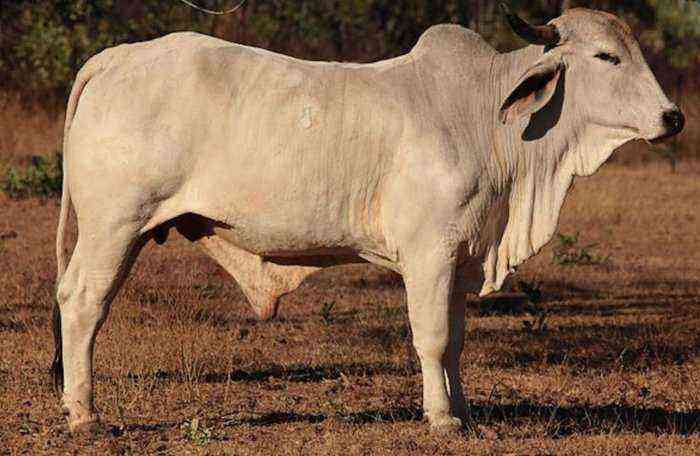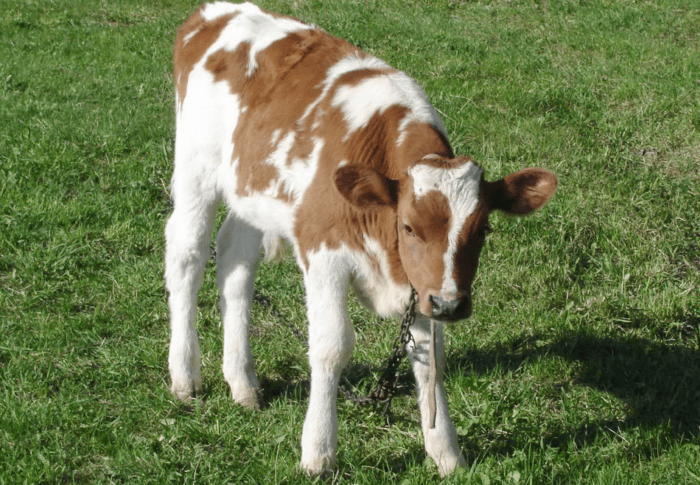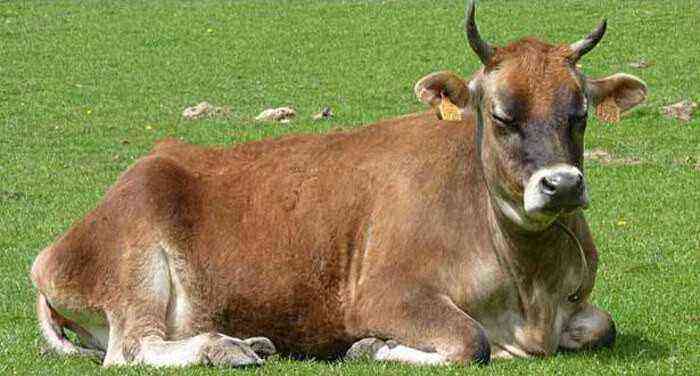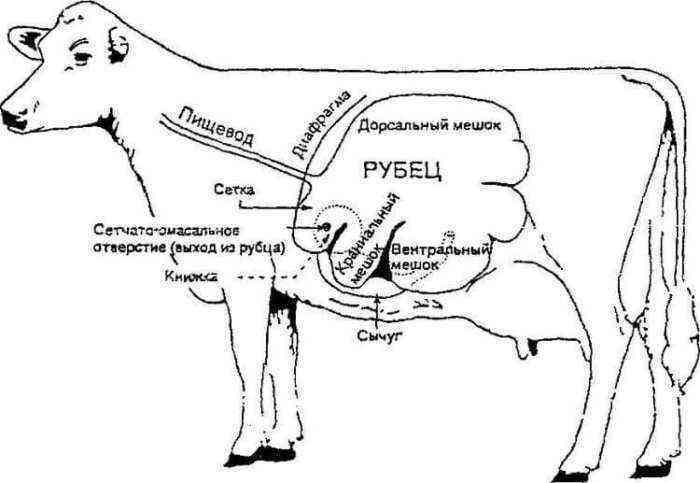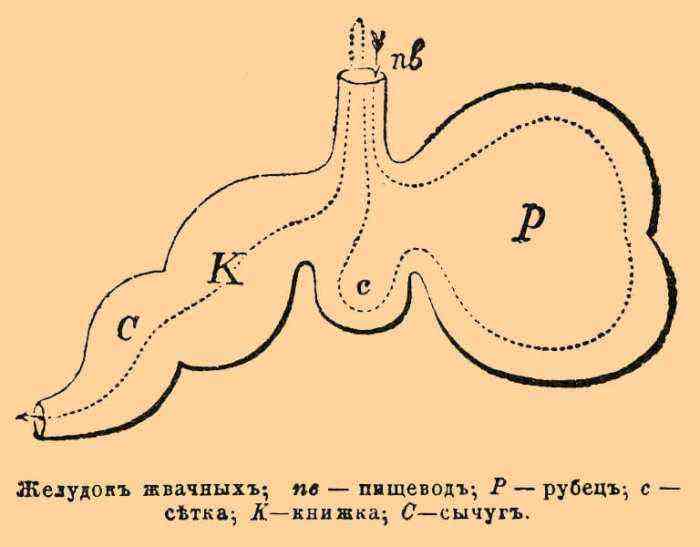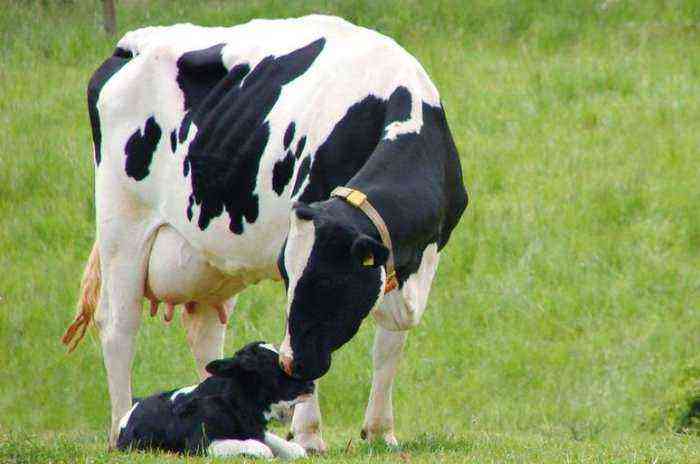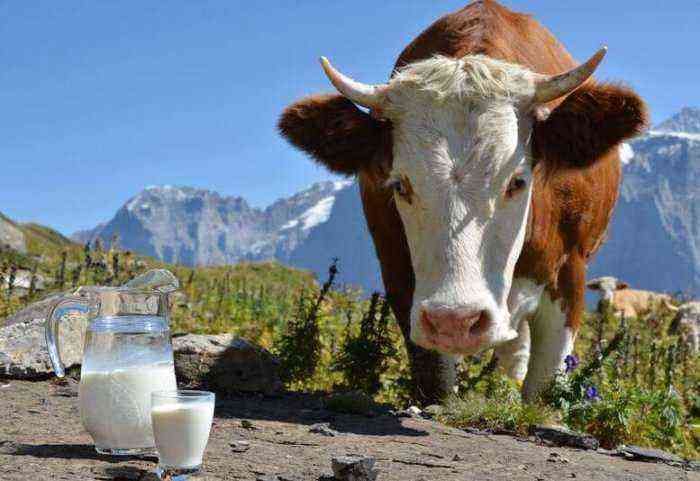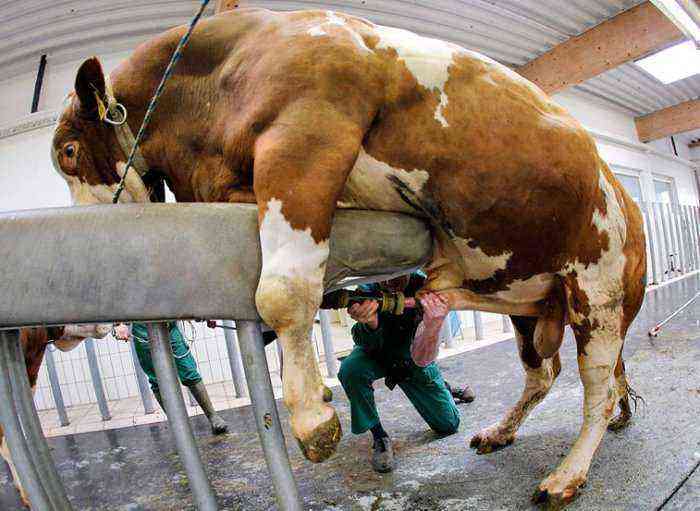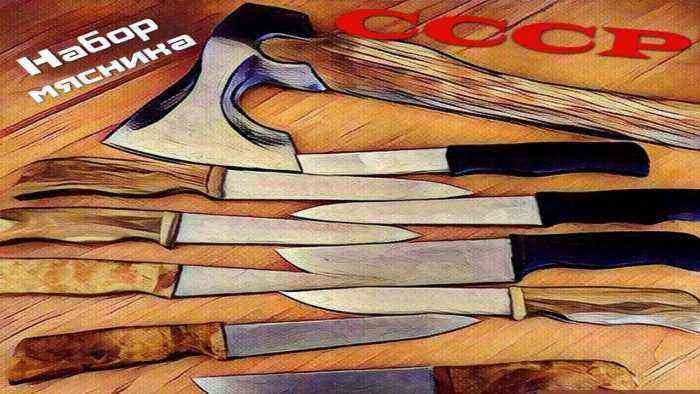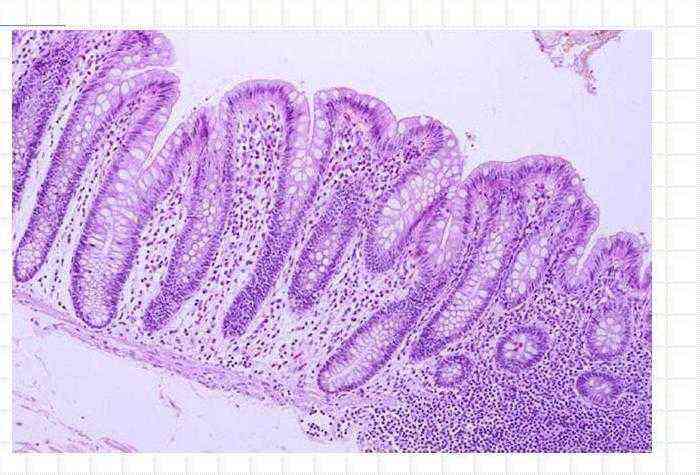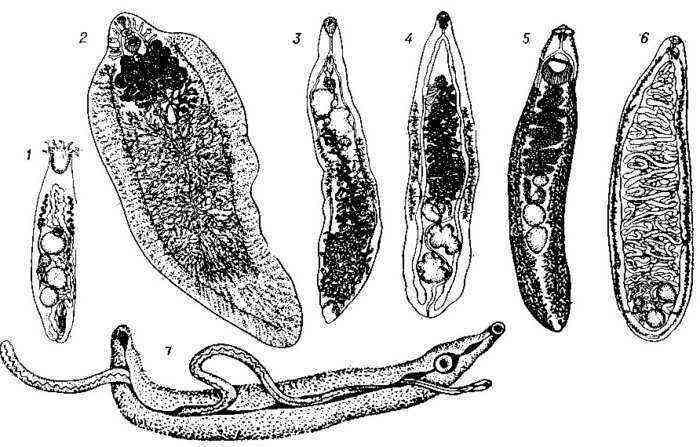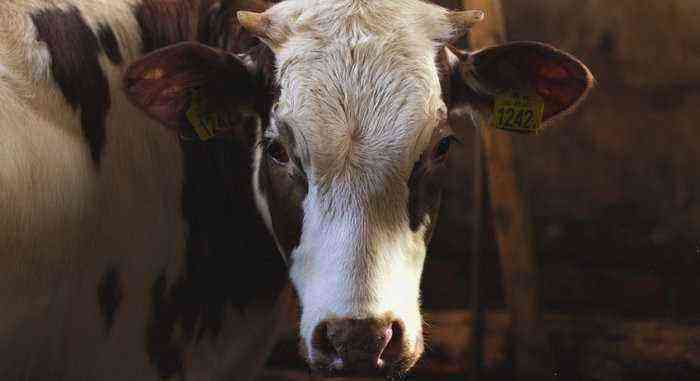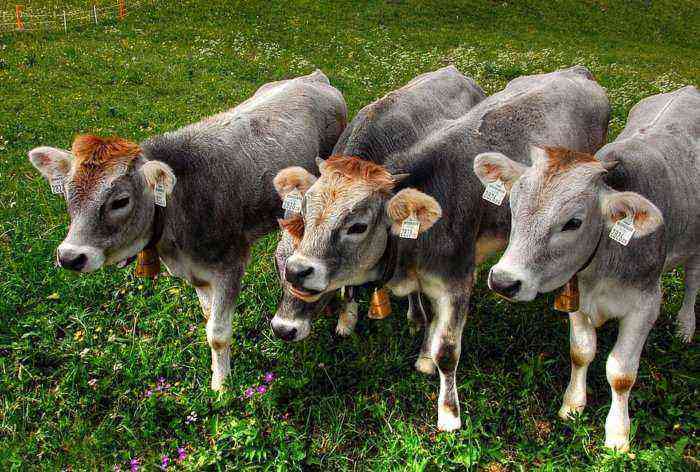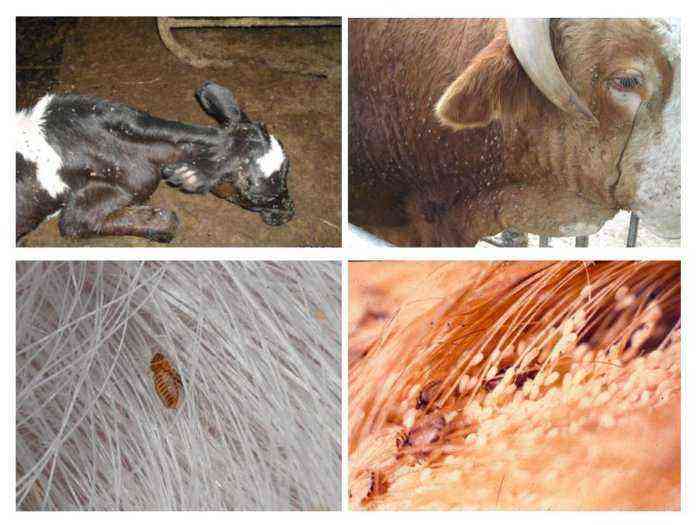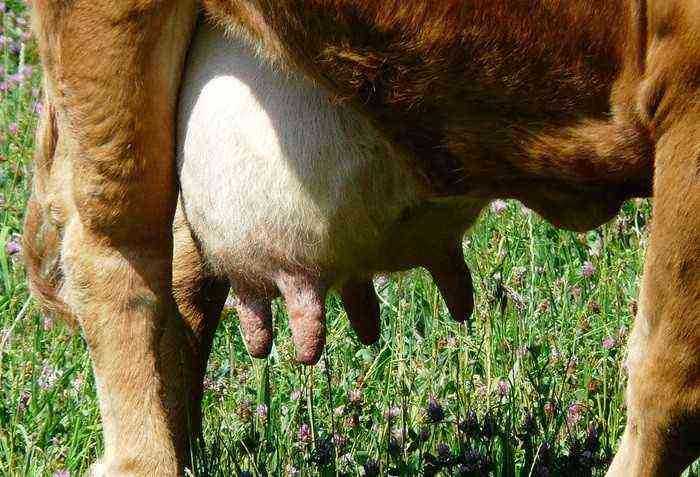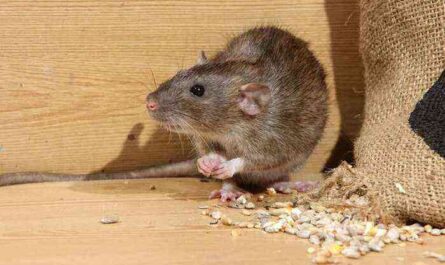Why the cow is not covered, what to do in this situation and how to help the animal? These questions concern many both beginners and experienced farmers. Problems can arise even if the animal has produced offspring before. A common reason for this “deviation” is considered to be in uncomfortable conditions. It is possible that the animal is sick or has a psychological trauma.
Staying in uncomfortable conditions
Causes
There are several reasons why an animal refuses to mate. Numerous studies in the field of veterinary medicine have identified the following provoking factors:
- complex labor activity with damage to the organs of the reproductive system;
- inflammatory processes in the uterus, which affects the possibility of fertilization;
- cystic formations;
- wrong time of insemination;
- an unbalanced diet, as a result of which the animal does not receive the necessary amount of useful components.
Reference. The reason is able to hide in the sire itself. He may have health problems. In this case, it is advisable to replace the bull with another individual.
Additional reasons include:
- Changes in the body of the animal. Infectious diseases and pathological processes can affect the possibility of insemination. It is impossible to cope with the problem without the qualified help of a veterinarian.
- Wrong mating method. Perhaps the animal is not ready for this process, due to a sharp change in living conditions (when pair stay is replaced by herd).
The psychological state of the cow plays a dominant role in the process. If she is not ready for the upcoming birth, it is impossible to inseminate her naturally. In this case, the use of artificial insemination is appropriate.
Инфекции
What to do or why the cow is not covered, in search of an answer to the question that has arisen, farmers are trying to find information on the forums or solve the problem on their own. Not many people think that an animal can get sick. A common cause of failure is the presence of an infectious lesion of the body.
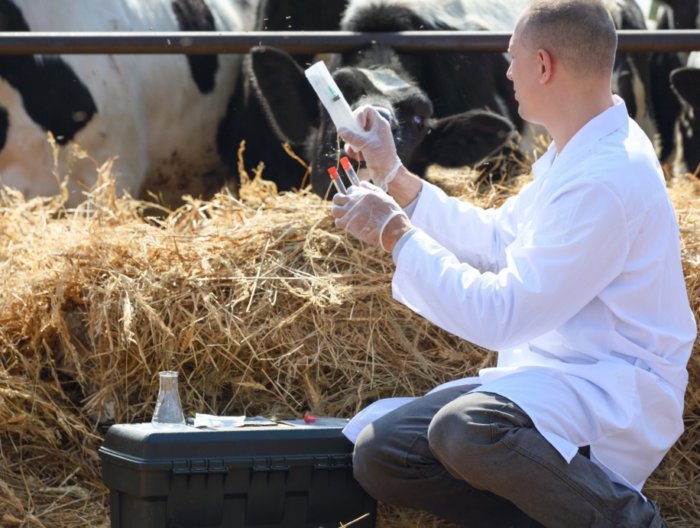
Examination of cows by a veterinarian
The danger of infection lies in the fact that it has a rapid effect on the body. In this case, visual or obvious signs of the disease are not observed. An examination by a veterinarian will help determine the infectious nature of the refusal. In this case, complex drug therapy is appropriate.
Psychological problems
Young cows often have a psychological barrier. Young individuals are not ready to have offspring, which is manifested in stiffness and impossibility of insemination. In this case, it is necessary to correctly identify the condition of the heifer in order to avoid harm to her health.
For a successful conception, it is recommended to choose a favorable moment. It will avoid stiffness and prevent trying a bad experience. The stressful situation must be properly eliminated. It is noteworthy that with the development of stress, the animal appears white discharge. This process indicates an act of protest. In most cases, it is necessary to wait for time to restore the emotional state of the animal. Forcibly trying to inseminate a cow is not recommended, otherwise it will lead to more serious problems.
Nymphomania
A common reason for not inseminating is nymphomania. The excited state of the cow leads to irreversible changes in the reproductive system. This action negatively affects the general well-being of the cow and can affect subsequent insemination. Farmers are advised to carefully monitor the condition of the animal and not forcibly try to cover it. The cow must independently return to its former life and recover.
Reference. Experts recommend monitoring the general condition of the animal and sexual relations. It is not recommended to sharply limit the “circle of communication”, the excitement must be removed. However, it is forbidden to allow cattle to constantly mate.
Prevention
In order to avoid problems with insemination, experts recommend carefully monitoring the condition and behavior of cattle. After each calving, it is advisable to show the individual to the veterinarian. The veterinarian monitors the condition of the cattle and the course of her pregnancy. After successful insemination, the animal is examined. In some cases, tears, pain and other unpleasant symptoms occur. They must be eliminated without fail. This action will positively affect the current pregnancy and subsequent fertilization.
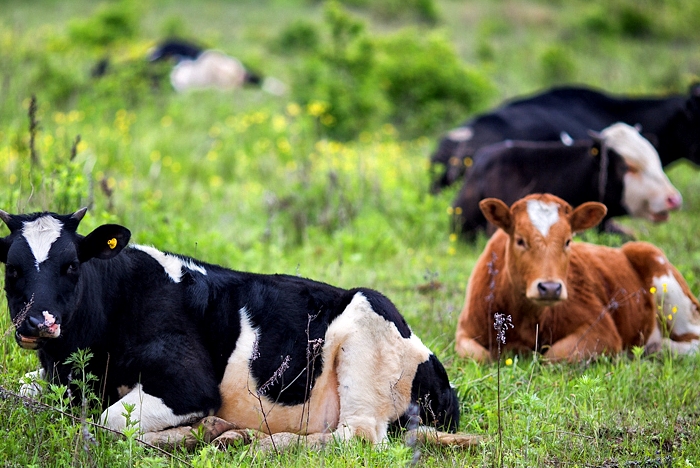
Particular attention is paid to the mode of rest
Particular attention is paid to the regime of rest, sleep and nutrition. Cattle should receive the required amount of nutrients and fluids. The health of the calf depends entirely on the general condition of the heifer.
How do you know if a cow is covered?
In the first 30 days after insemination, the determination is carried out according to the behavior of the cattle. The following signs indicate successful fertilization:
- changes in the nature of the animal (the cow becomes calm);
- the appearance of caution;
- the use of any proposed food;
- lack of hunting;
- mucous discharge from the vagina;
- smooth and shiny coat.
Experienced farmers conduct a pregnancy test. A special strip allows you to track changes in the body of a cow by the chemical composition of milk. However, this is possible not earlier than 23 days after successful fertilization.
A month later, a blood sample is taken. The state of the animal is determined by the hormonal composition of the biological material. This is the most reliable way to determine pregnancy.
Ultrasound is a modern and win-win technique. By means of a special ultrasound scanner, the condition of the uterus and reproductive organs is studied. The study is shown no earlier than a month after the alleged fertilization.
Experienced veterinarians use the method of feeling or palpation. This technique is gradually gaining popularity and is the most popular. The essence of the method is to feel the uterus through the rectum.
You can check at home. For this purpose, a drop of milk falls into a glass of cold water. If it is completely dissolved, then the female is pregnant, if it is blurred, fertilization has not occurred.
Conclusion
Insemination in cattle is a complex process. An experienced farmer must constantly monitor the condition of the cow and sire, conduct regular examinations at the veterinarian and create optimal conditions for mating. If all recommendations are followed, the likelihood of developing problems with insemination is minimal.
